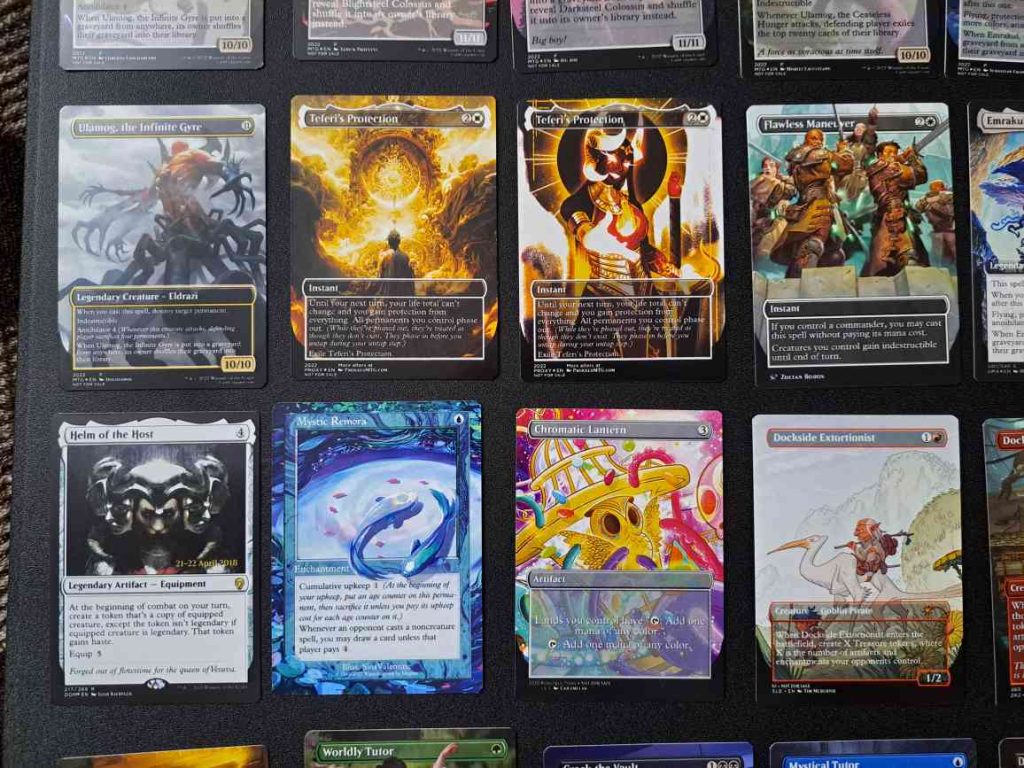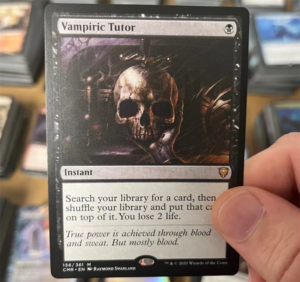As the world continues to move towards digitalization, more and more activities are being carried out online. This includes playing popular card games like Magic: The Gathering (MTG) In this ultimate guide, we will explore what MTG proxies are, the different types available, and how to choose the best one to protect yourself online.

Types of MTG Proxies:
- Print proxies: These are cards that have been printed on paper or cardstock and used as stand-ins for actual cards. They are usually printed at a lower quality than actual cards, and are not meant to deceive opponents.
- Altered art proxies: These are cards that have been modified by an artist to create a unique version of the original card. They can be used in gameplay as proxies, as long as the modifications do not make the card confusing or difficult to read.
- Digital proxies: These are digital images of cards that are used in online play or in virtual tabletop software like Tabletop Simulator. They can be high-quality images of actual cards, or custom-made digital versions of cards.
- Token proxies: These are cards that represent tokens that are created during gameplay. They can be printed or drawn on paper, or made using other materials like cardboard or plastic
Using MTG Proxies Effectively:
- Be clear with your opponents: Always let your opponents know that you are using proxies before the game starts. Make sure they are comfortable with it, and be transparent about which cards you are proxying.
- Use them for testing: Proxies are great for testing out new deck ideas or trying out expensive cards before you invest in them. Use them to get a feel for how the deck plays, and whether or not you like it before committing to purchasing the cards.
- Don’t abuse them: While proxies can be a useful tool, it’s important not to abuse them. Don’t use them to make an overpowered deck, or to try to deceive your opponents. Use them as intended, for testing or for playing with cards that you don’t own yet.
- Make them easily identifiable: It’s important that your proxies are easily identifiable as proxies. Use different colored sleeves, write “proxy” on the card, or use a different type of paper or material than your actual cards. This will prevent confusion during gameplay.
- Respect the rules: While proxies can be used in casual play or testing, they are not allowed in most official tournament settings. Make sure you are following the rules of the game and the event you are playing in.
- Invest in real cards: While proxies can be a great way to test out new decks, it’s important to invest in real cards if you want to play in official tournaments or events. Proxies can be a temporary solution, but if you want to play the game competitively, you will eventually need to invest in the actual cards.
What to Look Out for When Choosing a Proxy Cards:
- Quality of printing: Look for proxies that have high-quality printing and clear, easy-to-read text. Poorly printed proxies can be confusing and may not be allowed in certain tournaments or events.
- Cardstock quality: The quality of the cardstock used for the proxy is important. A flimsy or thin cardstock can be easily damaged and may not hold up well during gameplay.
- Accuracy of the card: Make sure the proxy accurately reflects the card it is replacing. The name, mana cost, and card text should all be correct.
- Authenticity: Some people make fake cards and try to pass them off as proxies, so it’s important to be cautious when buying proxies from unknown sources. Look for reputable sellers or websites, and read reviews before making a purchase.
- Legality: Keep in mind that using proxies is not allowed in most official tournaments or events. Make sure you are only using proxies in casual play or testing.
- Consistency: If you are using multiple proxies in a deck, make sure they are all of a similar quality and style. Using proxies that look drastically different from each other can be confusing and may make it difficult for your opponents to keep track of what’s going on.
- Transparency: It’s important to be transparent with your opponents about which cards in your deck are proxies. Clearly mark them or use different colored sleeves so that your opponents know what to expect.
Conclusion:
MTG proxies are a valuable for anyone looking to practices the game. Remember to consider factors such as the type of proxy.



